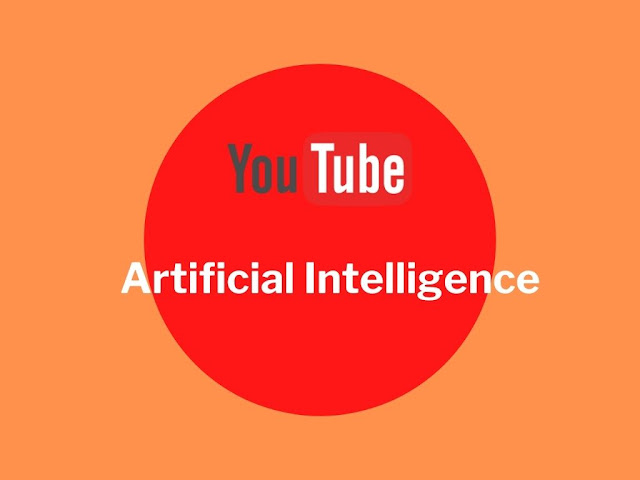Ways YouTube Uses artificial intelligence in 2020
There are more than 1.9 billion users logged in to YouTube every single month who watch over a billion hours of video every day. Every minute, creators upload 300 hours of video to the platform. With this number of users, activity, and content, it makes sense for YouTube to take advantage of the power of artificial intelligence (AI) to help operations. Here are a few ways YouTube, owned by Google, uses artificial intelligence today.
- Remove Spam content
The algorithm pulled down newsworthy videos mistakenly seeing them as “Violation of Policy” This is just one of the reasons Google has full-time human specialists employed to work with AI to address violative content.
AI has contributed greatly to YouTube’s ability to quickly identify objectionable content. Before using artificial intelligence, only 8% of videos containing “violent content” (banned on the platform) were flagged and removed before ten views had occurred; but after machine learning was used, more than half of the videos removed had fewer than ten views.
One of the main drivers for YouTube’s diligence in removing objectionable content is the pressure from brands, agencies, and governments and the backlash that’s experienced if ads appear alongside offensive videos. When ads started appearing next to YouTube videos supporting racism and terrorism, Havas UK and other brands began pulling their advertising dollars. In response, YouTube deployed advanced machine learning and partnered with third-party companies to help provide transparency to advertising partners.
The company also has a “trashy video classifier” in use which scans YouTube’s homepage and “watch next” panels. It looks at the feedback from viewers who might report a misleading title, inappropriate or other objectionable content.
- New effects on videos
Move over Snapchat, Google’s artificial intelligence researchers trained a neural network to be able to swap out backgrounds on videos without the need for specialized equipment. While it’s been possible to do this for decades—think green screens that are replaced by digital effects—it was a complicated and time-consuming process. The researchers trained an algorithm with carefully labeled imagery that allowed the algorithm to learn patterns, and the result is a fast system that can keep up with video.
- “Up Next” feature
If you have ever used YouTube’s “Up Next” feature, you benefited from the platform’s artificial intelligence. Since the dataset on YouTube is constantly changing as its users upload hours of video every minute, the AI required to power its recommendation engine needed to be different than the recommendation engines of Netflix or Spotify. It had to be able to handle real-time recommendations while new data is constantly added by users. The solution they came up with is a two-part system. The first is candidate generation, where the algorithm assesses the YouTube history of the user. The second part is the ranking system that assigns a score to each video.
- Training on depth prediction
With so much data, YouTube videos provide a fertile training ground for artificial intelligence algorithms. Google AI researchers used more than 2,000 “mannequin challenge” videos posted on the platform to create an AI model with the ability to discern the depth of field in videos. The “mannequin challenge” had groups of people in a video stand still as if frozen while one person goes through the scene shooting the video. Ultimately, this skill of depth prediction could help propel the development of augmented reality experiences.
Follow us on Gofounders YouTube channel, Find our AI Tools on website and full Onpassive reviews



Comments
Post a Comment